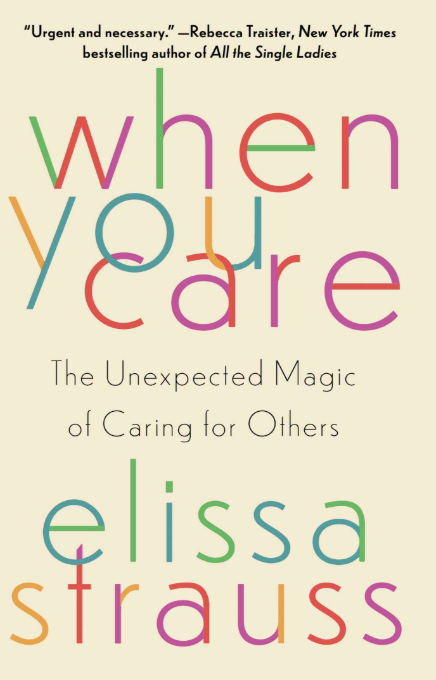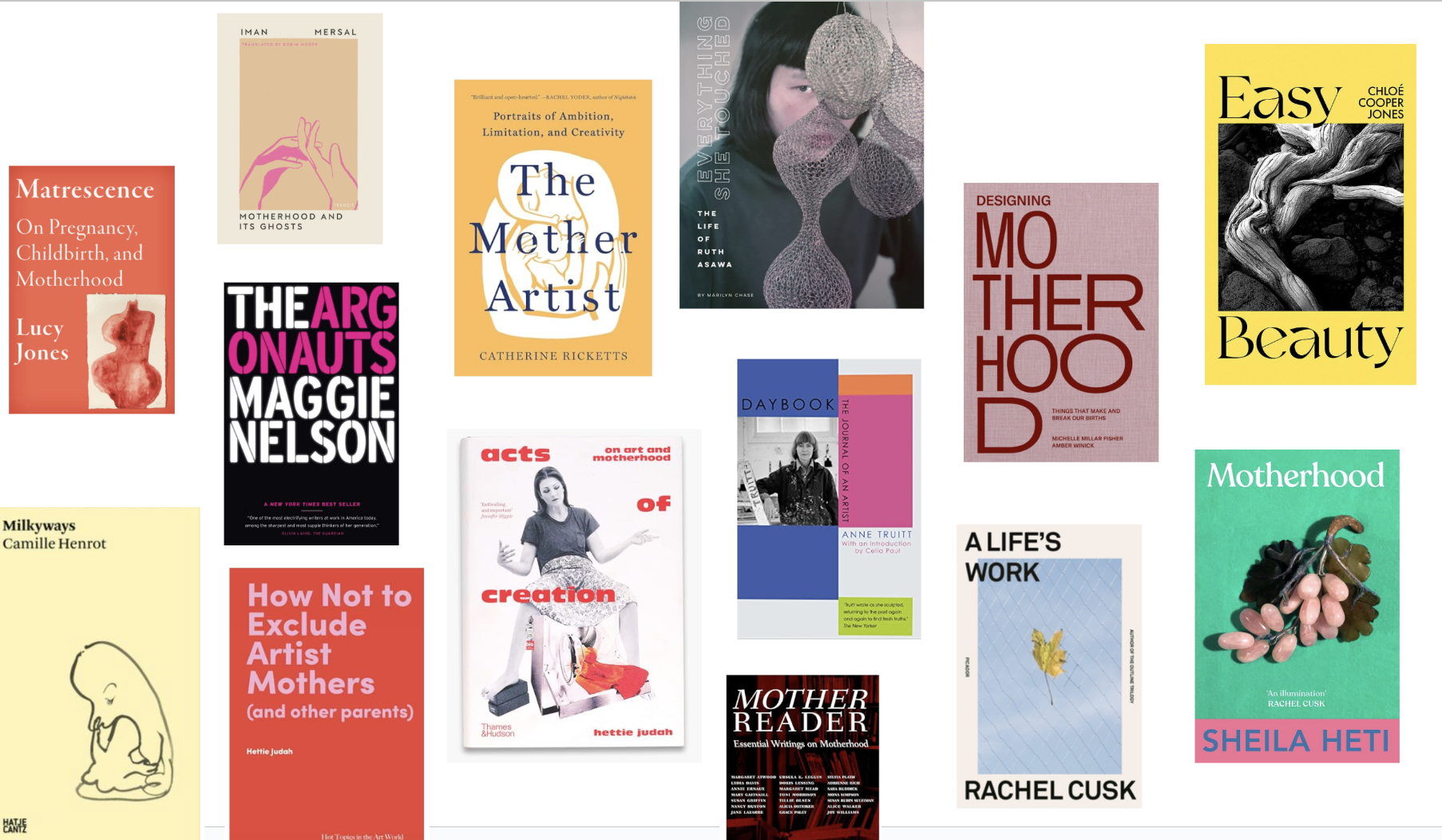Mad about books? Welcome to our world.
the Mother’s Library
On Things Going South: Liars
Amid what could seem like rambling, sharp insights emerge, raising profound questions about heterosexual marriage, the nuclear family, and how women are treated at home, at work, and in society at large.

On food as love language: Crying in H Mart
In this moving memoir, singer-songwriter Michelle Zauner reflects on her youth in the Pacific Northwest, her mother’s illness and passing, and the parallel shaping of her artistic career and love life.
The narrative centers on grief as a path to rediscovering her Korean heritage and understanding her mother’s culture—a bridge across years of disconnection and a reminder that parents, especially mothers, carry histories and identities often unseen, especially for mothers.

On Studying the Classics: Mother Reader
Why do we have children? The voices ask. For experiencing our own bodies (Plath’s The Unabridged Journals). For how they attach us to others, despite knowing it can be hard (Lessing’s Under My Skin: Volume One). For having a chance of being the mothers we didn’t have (Griffin’s Feminism and Motherhood). Because they are the reason we work and finish the work important to us (Walker’s “A Writer Because of, Not in Spite of, Her Children”). For Davey and many mothers before her, cleanliness appears as one of the guiding threads. It represents the impossibility of motherhood as an ideal, and the transcendence to be found even in its imperfections.

On Getting Real about the Art World : How Not to Exclude Artist Mothers by Hettie Judah
Women are now more likely to attend art schools, and equally present on the art market in their early careers. But gender inequalities get ever stronger in their 30s, an age at which women are likely to become mothers. Based on a study for Freelands on this phenomena, the book takes us through the different spheres in which artist mothers are disadvantaged, and what they’re doing about it.

On Documening the Essential: Designing Motherhood
Designing Motherhood brings to the foreground objects that are not obviously designed, would not usually be included in a design exhibition, but had to be conceived by someone. They contribute to a sense of shared experience around birth: why are they invisibilized?

On Journaling about Life and Practice: Daybook by Anne Truitt
“It is ultimately character that underwrites art. The quality of art can only reflect the quality and range of a person’s sensitivity, intellect, perception, and experience. [...] Sometimes artists use their work for ends that have nothing to do with art, placing it rather at the service of their ambitions for themselves in the world. “

On the Parallels between Creation and Procreation: Milkyways by Camille Henrot
One of the most compelling aspects of Milkyways is Henrot's delving into the physicality of creation, drawing connections between the act of giving birth and the act of making art. Her reflections on the body, both as a mother and an artist, are particularly poignant. She discusses the transformation of the body during pregnancy and the postpartum period, highlighting the ways in which these changes influence her artistic practice. She affirms the body as both a vessel for life and a medium.

On Shifting Mindsets: ‘When You Care’, discussion with author Elissa Strauss
Care is often described as drudgery work, best outsourced to those less privileged than us so we can focus on careers and creative endeavors. She also invites us to reconsider this relationship, and to recognize how care is at the center of the human experience. What would the world look like if we were concerned about developing our ability to take care? If we recognize how it brings meaning to our lives, and how challenging it is spiritually and intellectually?

On Brutal Transformation: Matrescence by Lucy Jones
In a world where motherhood is often romanticized or depicted in one-dimensional terms, prioritizing the expected needs of the child, Jones provides with Matrescence an honest exploration of the profound transformation that occurs when a woman becomes a mother. This life event often comes as a shock and a painful experience, despite the many joys that brings a child into a family, accompanied by a loss of self and self-sacrifice; in this book, Jones aimed to ‘untangle these punishing feelings’. She beautifully articulates how matrescence—the birth of a mother—is a journey as significant as the birth of a child, and one that deserves more attention and understanding.

On Choosing a Different Path: Motherhood by Sheila Heti
The story is a novel written as a journal, a memoir, a long essay but also an experiment written as a dialogue with I Ching, a divination system. Originating from China thousands of years ago, I Ching is used to find guidance with questions that can only be answered by yes or no. To have or not to have a child In this format, the author questions her future, her fate, what she ‘should’ do. As if going against society’s current view on the ‘natural’ choice of motherhood for a woman was so difficult that it needed to be dictated by a higher power.
Next on the Reading List
* Coming Soon⋆
Next on the Reading List * Coming Soon⋆
The Flowering, Judy Chicago
Easy Beauty, Chloe Cooper Jones
The Mother Artist, Catherine Ricketts
Body Work, Melissa Febos
Mothers: An Essay on Love and Cruelty, Jacqueline Rose
Motherhood and its Ghosts, Iman Mersal
Mothering Myths, an ABC, of Art Birth and Care, Caroline Walker
Submit a book recommendation.
Feeling passionate about a book you just discovered? Want to promote your own book to feature it in the library?
We are all ears. :)

